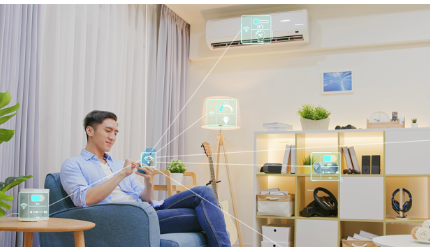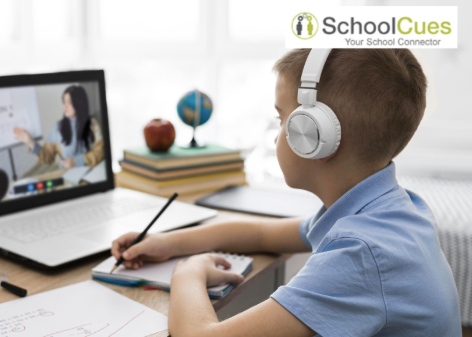The rise of remote learning has reshaped how students engage with education. Whether due to global events, personal circumstances, or school policy shifts, learning from home has become a valuable and sometimes necessary part of modern education. Fortunately, a wide range of innovations now support at-home learning, helping students stay connected, motivated, and successful.
Accessible Learning Platforms
Online learning platforms have made it possible for students to attend virtual classes, submit assignments, and participate in discussions from anywhere. These platforms offer features such as video conferencing, interactive whiteboards, and digital libraries that replicate many elements of the traditional classroom.
Mobile Apps and Educational Tools
From reading apps to math games, educational tools are helping students of all ages practice and expand their knowledge at home. Many apps use gamification, adaptive learning, and progress tracking to make at-home study more effective and enjoyable. These tools cater to a variety of learning styles and allow students to review topics at their own pace.
Live and On-Demand Lessons
One of the biggest innovations in home learning is the availability of live and recorded lessons. Students who may not be able to attend scheduled sessions can still benefit from high-quality instruction at a time that suits them. This flexibility helps reduce stress and ensures continued learning despite schedule conflicts or internet issues.
Parental Involvement and Communication Tools
Parents play a key role in learning from home, and new tools help keep them engaged. Platforms that offer messaging, progress updates, and learning reports enable parents to stay informed and support their children’s academic development. This transparency encourages collaboration between families and educators.
Smart Scheduling and Time Management
Home learning often requires more self-discipline. That’s why some platforms include scheduling features, reminders, and timers to help students build good study habits. Digital planners and productivity apps help learners manage their day, stay focused, and reduce procrastination.
Interactive Learning Experiences
Virtual labs, simulations, and creative projects bring hands-on experiences into the home. These interactive tools allow students to experiment, explore, and express themselves, even outside of a physical classroom. Subjects like science, art, and music become more engaging through immersive technology.
Mental Health and Well-Being Support
Learning from home can sometimes lead to feelings of isolation or stress. Innovative programs now include wellness checks, virtual counseling, and mindfulness activities to help students maintain emotional balance. These resources ensure that learners receive the social and emotional support they need.
Conclusion
Learning from home is no longer a temporary solution—it’s a growing part of the education landscape. Thanks to innovative tools and strategies, students can thrive in remote environments with access to engaging content, strong support systems, and flexible learning opportunities. As technology continues to evolve, home learning will become even more effective, inclusive, and student-friendly.














